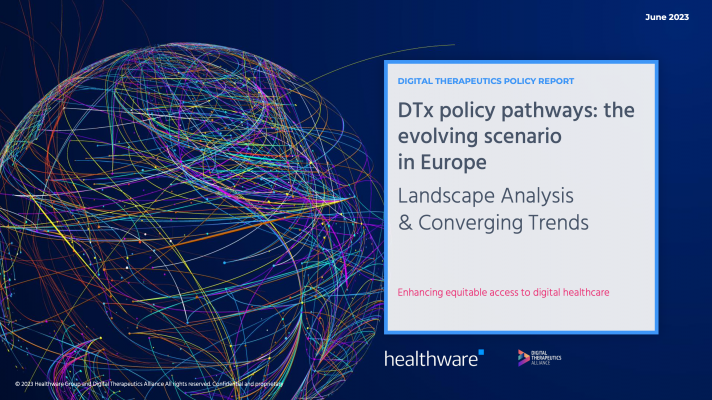
About the author: Prof Sam Shah is a global digial adviser, ex director of digital transformation at the NHS and currently chief medical strategy officer at Numan Health.
Recent findings show that three out of four men don't go to the doctor when something is wrong. Men are more likely to get cancer, heart disease and become overweight, and are more prone to smoking, drinking, and abusing drugs. Across the world, health outcomes and the use of health services among men is worse than it is among women. This gender-based inequality receives little attention although successive reports have highlighted that life expectancy at birth for women tends to be higher than it is for men. Over the last 40 years, global data would suggest that the gap in life expectancy at birth has widened between men and women.
The reasons for such differences between men and women are multi-factorial, the WHO European Region’s review of the social determinants of health, chaired by Sir Michael Marmot offers some indications of why the differences may exist. Factors could include greater levels of occupational exposure to physical and chemical hazards, behaviours associated with male norms of risk-taking and adventure, health behaviour paradigms related to masculinity and that men are less likely to visit a doctor when they are ill. It has also been suggested that men are less likely to report on symptoms of disease or illness when they do see a healthcare professional. Previous studies have also shown that women are more likely than men to use health services.
The importance of user-centred design
Tackling inequalities in health require a focus on the health needs of both sexes. Services need to be designed to meet the specific needs of both groups, which is essential as part of any effort to tackle the epidemic of non-communicable diseases, which are likely to affect more men than women and to affect men at a younger age. In some parts of the world, healthcare systems have significantly higher costs associated with morbidity in men, often due to the late presentation.
Promotion of health and wellbeing amongst men and changing the way in which masculinity is perceived is part of the approach to addressing the gap in outcome. Creating targeted health services and delivering bespoke preventative messages for men is an essential part of the strategy to improving outcomes amongst men. Insights from public health campaigns have demonstrated that there is good impact from public health programmes attached places such as football clubs and sporting events.
Men’s health is an umbrella term and covers the full spectrum of conditions, biological systems and treatment programmes affecting men. Online health has opened up some treatment options and made them more accessible, for example treatment for erectile dysfunction have become more accessible through both drug developments and telehealth. Other conditions, such as male pattern baldness have also become easier to treat through digital channels. Alongside these more widely known conditions and treatments, others are beginning to develop especially across mental health, sexual health and fertility. Numan and other digital health providers, have created a range of services to meet the needs of men and tackle these common conditions.
There are a number of startups that are developing technology to help optimise male fertility. This is an area that is often neglected by men but globally an ever-increasing problem. The innovative use of technology is helping to identify those most at risk through self-administered diagnostics connected to a smart device, companies such as ExSeed are leading the way. The same sort of approach is being used for men suffering from high blood pressure, who often fail to present for testing of urine albumin to creatine (ACR). Healthy.io and their smart technology is again helping to improve access and the user experience, but more importantly help improve outcomes amongst those at risk. However, it doesn’t end here, the move to using connected devices is helping create better ways of self-management when it comes to diabetes, asthma and hypertension.
Increasing awareness through digital modalities
Digital channels are creating new opportunities for healthcare providers to interact with men and provide greater awareness about health and wellbeing but also provide better access to services. Digital channels will not be suitable for everyone but for some they may make it easier to seek medical help where they may previously have struggled. The advantage of a digital channel is the ability to use social marketing, digital marketing and well-designed user interfaces that optimise access to services.
The impact of poor men’s health is likely to affect entire families, including women as well as children. That’s why improving access to services for men and focusing on some of the underlying causes of poor health is so important. Through the use of digital channels and targeted health promotion, digital health providers hope to contribute to closing the men’s health gap.








def4.jpg)








